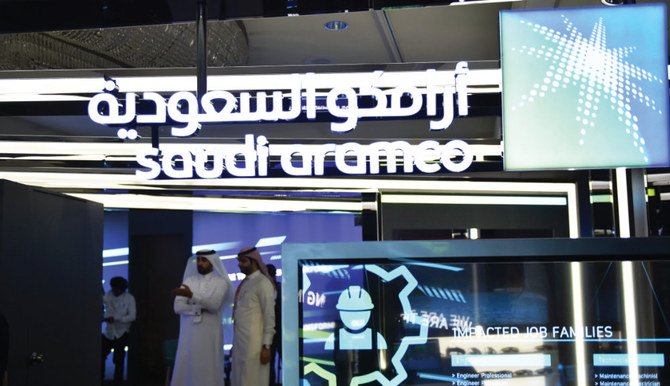
- ARAB NEWS
- 26 Apr 2024

Frank Kane
DUBAI: Scientists at Saudi Aramco and the King Abdullah University of Science and Technology have produced a design for a new hybrid electric-petrol engine that will cut harmful greenhouses gasses by more than 50 percent.
Developed in collaboration with scientists in China, it could bridge the gap between traditional internal combustion engines and the next generation of fully electric motor engines. It was unveiled in a paper published in the prestigious journal Applied Energy.
Advanced gasoline compression-ignition (GCI), in conjunction with varying battery sizes and cleaner types of petrol — like that refined from Saudi crude — could provide “an orderly transition toward a more sustainable transport future,” the paper said.
Many countries have called for bans on traditional petrol engines over the next two decades, as concerns rise about the effects of environmental pollution and climate change.
Aramco has for years invested in research and development in engine technology and fuel efficiency as part of its sustainability strategy, with centers studying the issue of pollutant emissions in Paris, Detroit and Shanghai.
But the Aramco team warned that the move toward more efficient electric engines depends significantly on the sourcing and cost of raw materials used in battery production, and on how the electricity is produced to charge electric vehicles.
“Climate change and mineral resourcing are inextricably linked,” said Amir Abdul-Manan, head of the Aramco team working in China with Shanghai Jiao Tong University.
“A disorderly mobility transition worldwide could stress the supply of critical raw materials for battery production, possibly risking adverse ecological impacts particularly in mining countries, and potentially creating supply-chain vulnerability.”
The paper said electrification trends worldwide are driving automakers toward larger batteries as a means to increase a vehicle’s all-electric range, but there is a risk attached: The geographical distributions of critical metals used in battery technologies are uneven.
Two mining countries account for about 70 percent of worldwide supplies of lithium, cobalt and graphite. China and Australia are the two biggest producers of “rare earth” metals.
“There is a real risk here that we are trending toward a less efficient use of scarce minerals at a time when there is growing constraints on our global resources,” Abdul-Manan said.
The paper confirmed earlier findings by researchers that the actual climate benefit of an electric vehicle would critically depend on how the electricity is produced.
In regions with high penetration of low-carbon electricity, such as the use of nuclear in France or hydroelectric in China’s Sichuan province, electric vehicles have even greater emissions-reduction potential.